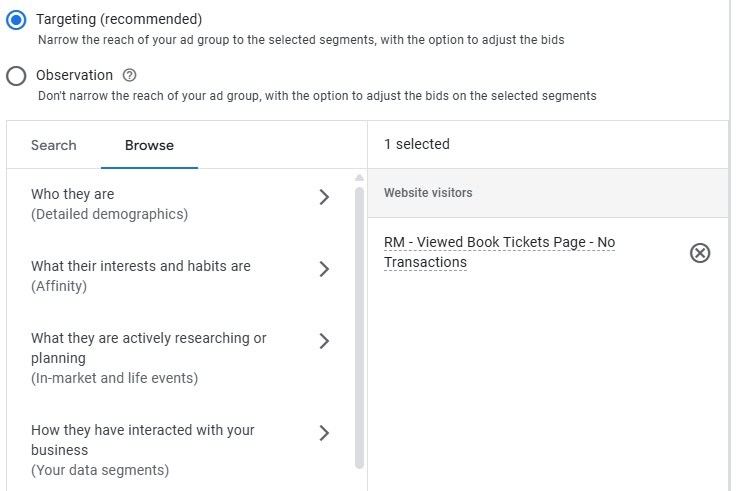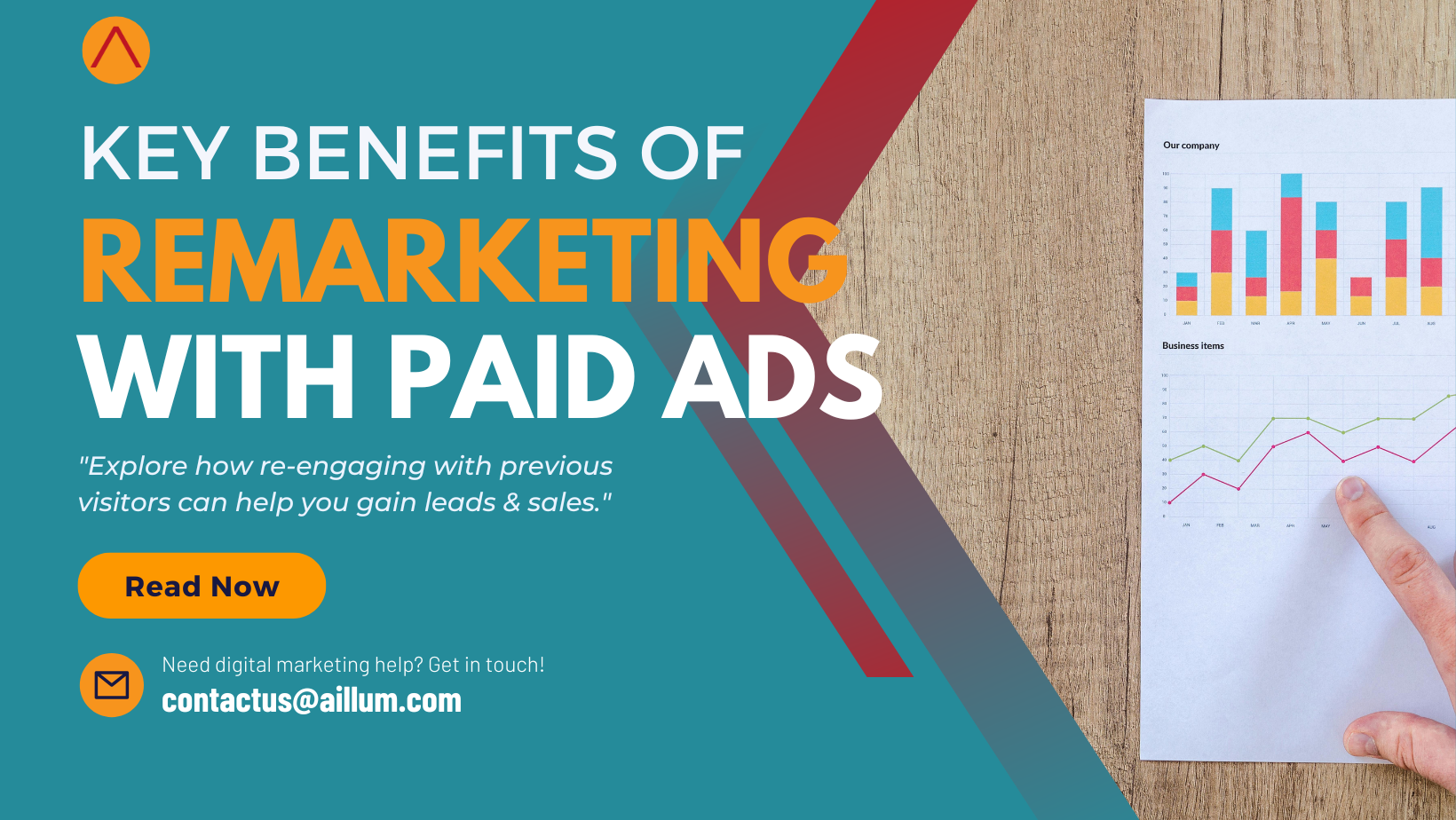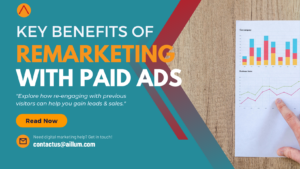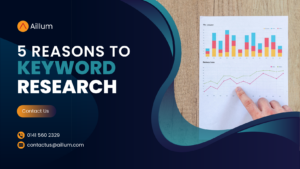New customers are always welcome to any online business, but what happens to those potential customers who visit your website and don’t convert immediately? This is where remarketing, a very useful (and often underutilised) strategy in paid advertising platforms, such as Google Ads and Microsoft Ads, becomes vital. By re-engaging with users who have previously shown interest in your products or services, remarketing significantly boosts your chances of conversion and maximises your return on ad spend.
What is Remarketing?
Remarketing (also known as retargeting) is a tactic that allows digital advertisers to show targeted ads to users who have previously interacted with their website. This could include users who visited specific pages, added items to a cart, or even just viewed a product. By segmenting these audiences, online businesses can deliver highly relevant ad content that can nudge them closer to a new purchase.
What are the Key Benefits of Remarketing in Paid Ads?
When considering using remarketing for your online business, there are a number of potential benefits that can be taken advantage of, that your existing digital marketing strategy may not yet be covering.
1. Increased Conversion Rates:
One of the most useful advantages of remarketing is its impact on conversion rates. Users who are already familiar with your business are significantly more likely to convert than brand new visitors who have yet to build any sense of trust. Remarketing keeps your brand in mind to previous visitors, reminding them of their interest and offering compelling reasons to return and complete a desired action. This is particularly effective for those who might have been distracted or needed more time to consider their options during their initial visit.
2. Improved Return on Ad Spend (ROAS):
Remarketing campaigns, especially when used with display ads, typically deliver a higher ROAS compared to standard display campaigns. This is because you’re targeting a warmer audience that has already demonstrated some level of interest, especially if remarketing products that visitors have viewed before. This translates to more efficient ad spending, as your ads are shown to users who are more inclined to convert, reducing wasted impressions and clicks.
3. Enhanced Brand Recall and Awareness:
Even if a user doesn’t convert immediately, consistent exposure to your brand through remarketing ads reinforces brand recall. This sustained visibility helps embed your brand in the user’s memory, making it the first choice when they are ready to make a purchase in the future. Increased brand awareness contributes to long-term online business growth and customer loyalty.
4. Highly Targeted and Personalised Messaging:
Remarketing allows for incredibly precise audience segmentation. You can create custom audiences based on specific actions users took on your site, such as viewing a particular product category, looking at a specific product, abandoning a shopping cart, or even reaching a certain stage in a conversion funnel. This level of detail enables you to craft highly personalised ad content and messages that directly address their interests and overcome potential objections, leading to greater engagement with remarketing audiences.
5. Competitive Advantage:
Today’s digital landscape can be very competitive, depending on your industry, and remarketing can give you an edge. While your competitors might be focusing solely on acquiring new customers, you can strategically re-engage with those who have already shown interest, effectively saving potential conversions that might otherwise be lost. Using this proactive approach ensures you’re maximising every possible opportunity for leads.

Remarketing in Google Ads & Microsoft Ads
Both Google Ads and Microsoft Ads (formerly Bing Ads) offer robust remarketing capabilities through their respective platform networks. Google Ads can utilise their Display Network, Search Network, and YouTube, while Microsoft Ads can reach audiences across the Microsoft Audience Network.
It is possible to set up various remarketing lists, especially when using other tools such as Google Analytics 4 or Microsoft’s UET tracking. Key features include:
- Standard Remarketing: Showing ads to past visitors as they browse websites on the platform’s respective networks. These will generally use remarketing lists where an audience matches a broad criteria, such as adding a product to a cart, or simply visiting the website.
- Dynamic Remarketing: Taking personalisation to the next level by showing past visitors ads for the exact products or services they viewed on your website. This is incredibly effective for e-commerce businesses, as it can help nudge customers who were on the fence about making a purchase to convert.
- Search Remarketing Lists for Ads (RLSA): Google Ads also includes the option to customise search ads for past visitors when they search on Google after leaving your website. This allows you to bid higher or show different ad copy to users who are already familiar with your brand.
- Video Remarketing: Unique to Google Ads, targeting users who have interacted with your YouTube videos or channel.

Best Practices for Effective Remarketing
To maximise the impact of your remarketing campaigns and make the most of your website visitors, consider the following best practices for remarketing:
- Segment Your Audiences: Don’t treat all past visitors the same. Create specific lists based on their engagement level and actions.
- Tailor Your Message: Craft ad copy and creatives that are highly relevant to each segment’s past interaction.
- Set Frequency Caps: Avoid ad fatigue by limiting how often users see your remarketing ads. Seeing an ad too often can lead to a negative reaction or simply cause people to ignore it completely.
- Exclude Converted Users: Prevent showing ads to users who have already completed the desired action. These users could potentially be added to a different remarketing list to promote follow up products or services.
- Test and Optimise: Continuously monitor your campaign performance, A/B test different ad variations, and refine your strategies based on data.
Conclusion
Remarketing is an indispensable tool in the arsenal of any digital marketer. By strategically re-engaging with interested users through platforms like Google Ads and Microsoft Ads, businesses can significantly improve conversion rates, optimise their ad spend, and build lasting brand connections with customers who may have only initially shown a passing interest. If you’re not already using remarketing, then consider getting started today and testing how it can benefit your business online.
Looking to get the most out of your own paid ad campaigns? Get in touch with us today to discuss how our expert team can help you implement paid ads, including remarketing, tailored to meet your business goals.



